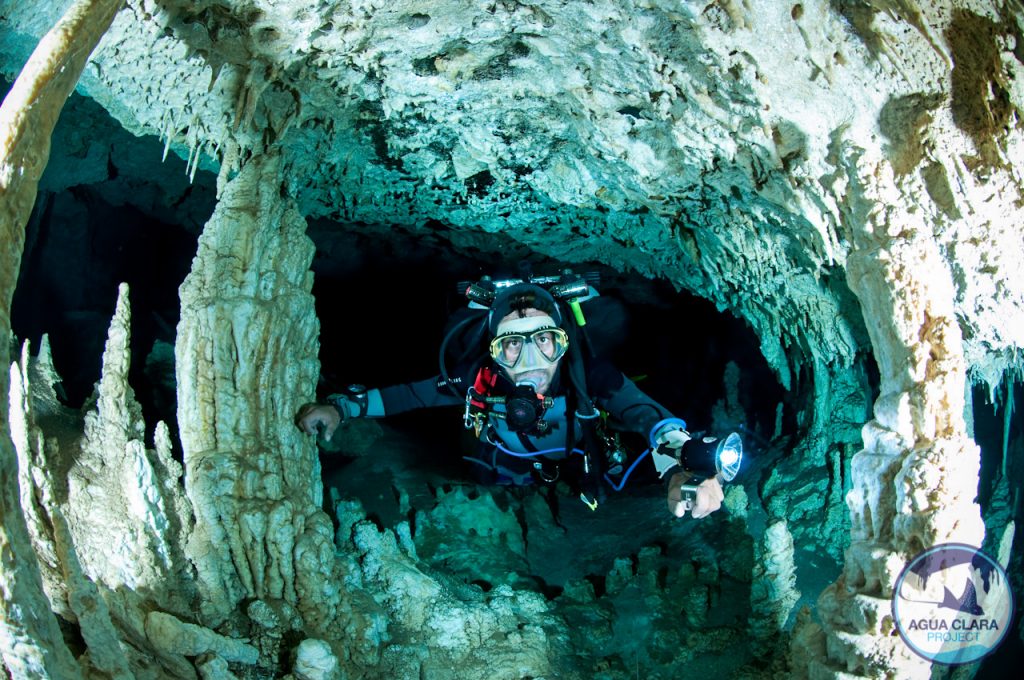 < Back to tours
< Back to tours
WHAT IS A CENOTE?
Because of its geological composition, the soil of the Yucatan Peninsula is a sponge when it rains, it absorbs all moisture. The water seeping through the soil begins to erode the rock, that gives way to caverns that can be partially or completely flooded, when one of those caverns collapses due to the natural flow of water, cenotes are formed.
The formation of cenotes can last thousands of years. There are open, semi-open, and ancient cavern cenotes, classification depends mainly on their age.
These pools of crystalline water connected by a network of underground rivers and which by their nature can vary in shape and characteristics, are virtually unique to the Yucatan Peninsula.
The basement of the Yucatan peninsula is formed by the accumulation of various marine animals, mostly marine shell and coral, which at his death were piling up and degraded forming densely compacted limestone. Inside the cenotes can see traces of these organisms and some plants such as fossilized coral.
For the Maya, cenotes were considered sources of life, while providing the vital liquid were the input to the other world and center of communion with the gods. The word comes from the Mayan cenote dzonot, meaning cave with water.
We invite you to discover these fabulous photographs and these incredible cenotes !!





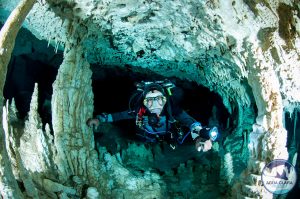
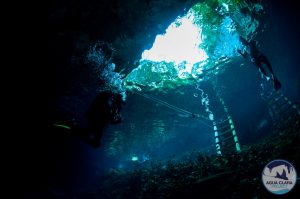

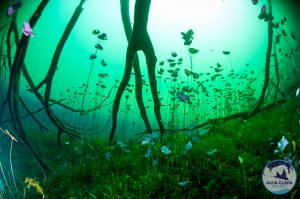

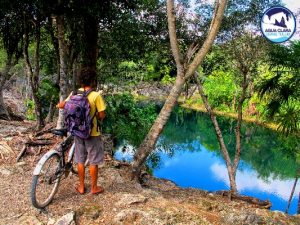
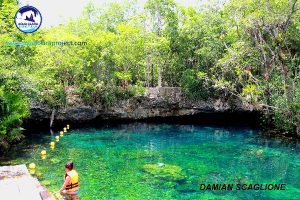
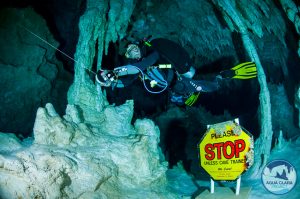
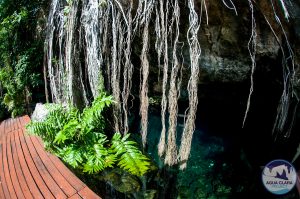
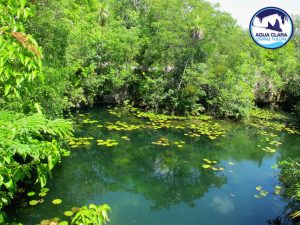
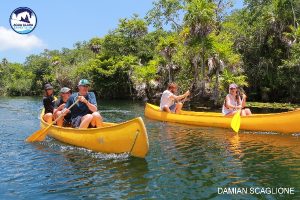








 Follow us on Facebook
Follow us on Facebook Check Tulum store on Trip Advisor
Check Tulum store on Trip Advisor